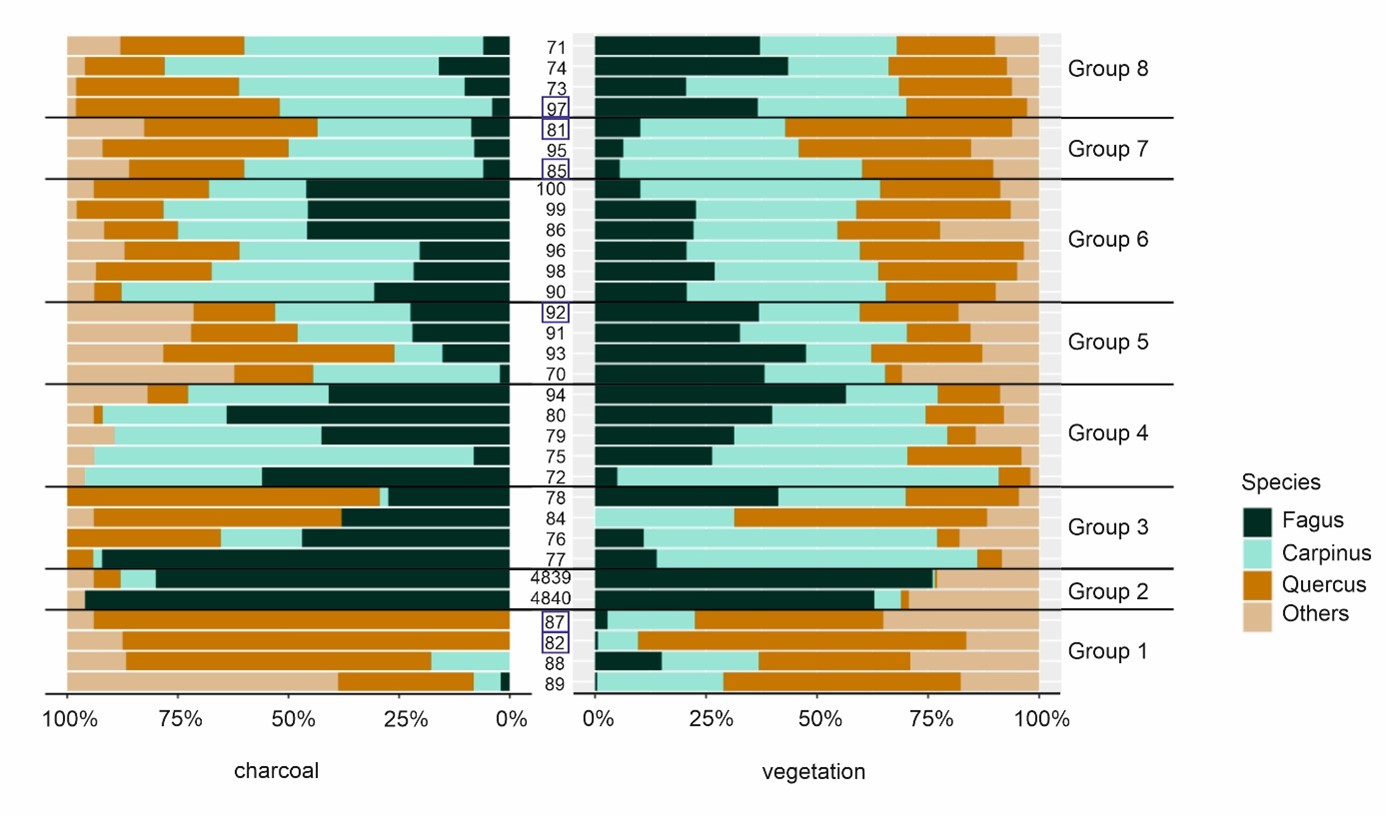Tracing the former composition of forests by analysing charcoal from kilns

The colleagues of our department, Gabriella Darabos, Enikő Magyari, János Korponai and Ákos Bede-Fazekas, and Tibor Standovár and Ferenc Szmorad from the Department Plant Systematics, Ecology and Theoretical Biology, together with several Hungarian and international co-authors, have recently published a study investigating the relationship between charcoal remains from medieval and modern charcoal-burning sites (kilns) and the present vegetation, in order to find answers to the question of the changes in the potential beech forest growing sites of the Aggtelek Karst. Their aim was to determine the composition of the forest during the period of intensive charcoal burning by analysing the charcoal assemblages from the kilns and comparing it with the current stand composition, and to understand the population dynamics of European beech at the edge of its range. Their results show that European beech was a dominant taxon in charcoal spectra in few places, with oak dominance, beech-oak, beech-hornbeam or oak-hornbeam codominance detected in most places. The study also analysed the effects of contemporary climate change in the study area, which indicate that competition between beech and sessile oak is increasing in the area in favour of oak. The study, "Surviving on the edge: the role of medieval and modern age charcoal production in the stand composition of colline beech woodlands in NE Hungary (EC Europe)", was published in the Q1 scientific journal Vegetation History and Archaeobotany.


